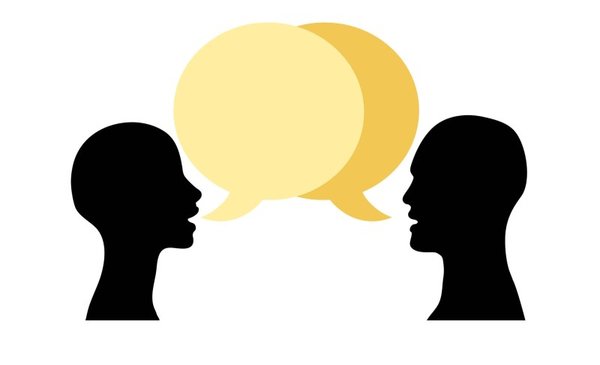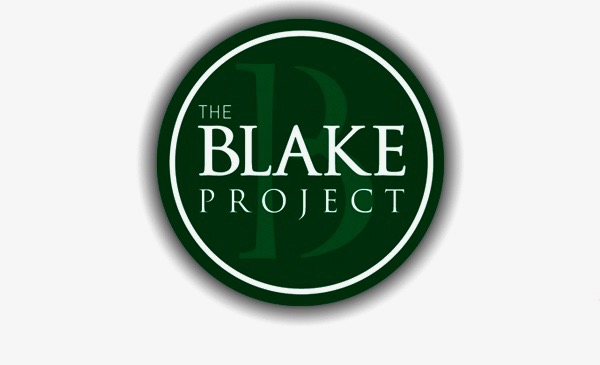Brand voice is often described as the words and grammar you use to communicate with people. But, actually, brand voice is not only the grammar and tone of voice but the combination of words, sounds, images, lighting, taste and touch you use to attract — and become cozy with — your brand community.
People can sense in an instant whether you are talking to them, or communicating to someone else. For instance, your own voice is an instant signal that helps people recognize you; it engages not only the eardrum, but your other four senses. The same goes for creating a brand voice for social, digital and real-life communities.
But let’s mention one thing right away. If you’re lucky, your social community is constantly co-creating your brand. They will come up with their own words — “Googlers,” “Googleplex,” “Deadheads,” “TEDsters,” “Tar-Jhaay” (for Target store shoppers). Think of your own examples. This creative iterating by your own community members reveals the potent energy and life force within your community. This is valuable not only because it resonates outward, but because it also attracts others in.
I’m speaking to you, because you speak to me: about my reality, my life, my aspirations, my wonder.
Your brand voice spontaneously responds to questions: Will I feel respected in this place? Will I feel liked and appreciated? Will I feel wanted? Will this community welcome me? Will I feel like I’m a part of this? Will this be time well spent?
Look at Twitter (if you don’t mind). Elon Musk’s tweets — when thousands were fired from Twitter and thousands fired themselves, divided the world into the “wants” — people who wanted to stay at Twitter — and the “want nots”, tweeters and advertisers who chose to cancel out.
Thousands realized (via email) that they were not respected, appreciated or wanted.
But notice Elon’s tonality after he had removed perceived nonbelievers from his Twitter ranks — and asked that any remaining pagans voluntarily remove themselves. Elon’s proclamation was harsh, but his message was clear: If you want to devote your life to evolving Twitter, welcome to my galaxy. If you just want a job, good luck elsewhere.
The act eliminated months of HR trimming and pruning. Elon Musk does not dawdle.
Elon’s current tweets — as of November 30, are more collaborative, as if speaking with likeminded people.
Tonality has intention and impact.
Steve Keller is Sonic Strategy Director at Studio Resonate SXM Media’s in-house audio agency, which touches audio-first advertising across Sirius, Pandora, SoundCloud, and others.
Keller describes his work as a blend of sound science and sound art to help make sound decisions. Quote unquote.
Sonic identity and ‘voice’ is as much an experience as it the use of distinctive sonic identity, sonic experience and other sonic assets that serve to clarify or reinforce brand purpose. “Each one is important,” says Keller, “but they are part of an ecosystem — a voice, functional sounds, it’s how all these pieces are managed around consumer touch points.”
Sound design crosses categories. Sound can prime our brains for taste, impact obesity, stress, and even can help you eat more healthy food.
There is also sonic diversity. “We usually think about color when we consider diversity,” says Keller. “But we also ‘hear’ race. When we market to mass sonically, we default to white voices. If the only time that voices of color are heard are in advertising to particular market segments — that’s not market segmentation, it’s market segregation.”
Sound it out.
Write in the tone of voice where your audience lives. Remember (writer George Orwell reminds us) that the way we write is different from the way we speak. The written word is often more ornate and complicated, the spoken word is plain and simple. Many companies use brandspeak that complicates and builds a multisyllabic barrier.
Don’t do that.
Successful companies also have a visual grammar that differentiates them. This is particularly evident in fashion where the “look” is a visual smash grab. But it is also true in other categories. We all recognize the visual simplicity of Apple stores. The sophistication of Chanel. The urbanity of Range Rover versus folksy Subaru.
Retail fashion store Abercrombie & Fitch started the scent mania decades ago when they introduced Fierce for Men in 2002. They not only released the new men’s fragrance in-store, but the fashion-forward floral bouquet of jasmine, rose and lily of the valley was vented onto Fifth Avenue, where it could be smelled from a block away. Shopping malls, corporate lobbies, even hospitals spent the next decade imitated this heretofore undeveloped sense of differentiation.
Beauty boutiques shifted from the chemical odor of getting a perm to Aveda-inspired aromatherapy. Every hotel these days has a signature scent to welcome weary travelers and help them feel at ease. Even Lalapalooza wafts with fragrance. Right?
No matter: Smell says something about you. It is another part of that instantaneous signature called voice.
Other executional options to establish your personality and attitude, include your use of typography, photography, illustrations, colors, models, propping and backgrounds (a studio backdrop versus a Hawaiian beach).
Nobody these days has a visual language quite as gobsmacking as director Gibson Hazard.
Hazard’s videos for Drake, Diddy, Billie Eilish, Lil Uzi Vert, Lil Nas X, Metro Boomin, Nike Football and Call Of Duty have hundreds of millions of views and his techniques are so extraordinary that there are explanatory videos and tutorials on how he pulls it off. If zoom blur, time ramps, hyperlapse, light stutters, and clip in clip transitions are your thing, find out more here.
Most recently, Hazard and partner Oliver Cannon plus their production crew, tore up the streets in Manhattan during a shoot for Lil Uzi. That’s not strictly brand voice, but yes it is.
Sure everything has been done before, but it must be done again. The challenge is to keep your voice alive and relevant over the bandwidth of social, digital and traditional media and stretch yourself along the never ending timeline. Staying relevant and meaningful is what being real, being authentic, is all about.
Your brand voice is the combined wave force of sights, sounds, images, smells, tastes, actions and feelings you mumble, shout, whisper and scream across the multiverse. If you talk to me in a voice that I can understand, that means something to me, I will listen harder next time.
They seem to be like us.
Contributed to Branding Strategy Insider by: Patrick Hanlon, Author of Primal Branding
The Blake Project Can Help You Craft A Brand Advantage In The Strategic Brand Storytelling Workshop
Branding Strategy Insider is a service of The Blake Project: A strategic brand consultancy specializing in Brand Research, Brand Strategy, Brand Growth and Brand Education




